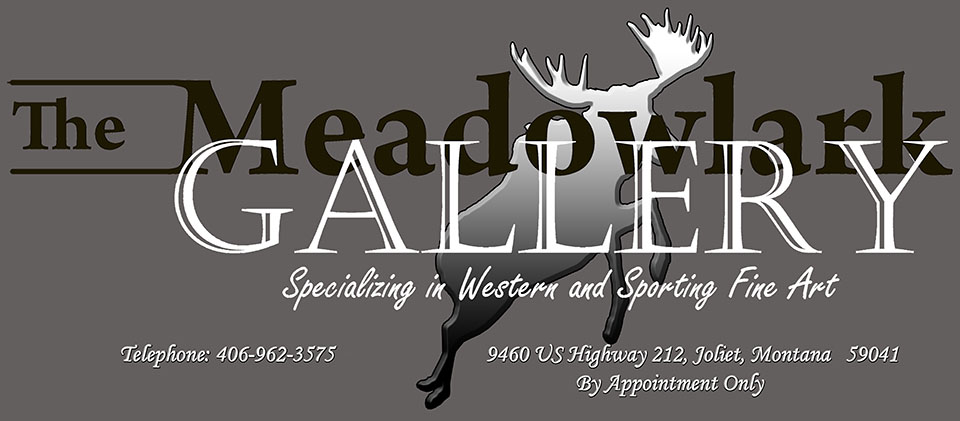|
|
||
|
Henry
F. Farny (1847-1916) |
||
| Henry F. Farny was born in Ribeauville, Alsace, France in 1847 and died in Cincinnati, Ohio in 1916. Farny's family fled France as political refugees. His lifelong interest in Indians came from experiences with the Senecas near his boyhood home in the pine forests of western Pennsylvania from 1853 to 1859. When the family moved to Cincinnati by raft down the rivers, he was apprenticed as a lithographer. By 1865, Harper's Weekly published a two page spread of his Cincinnati views. Between 1867 and 1870, he studied art in Dusseldorf, Vienna, and Italy, at the studio of Thomas Buchanan Read and with Munkacsy, supporting himself with odd jobs. When he returned to Cincinnati, which was becoming an active art center, he worked as an illustrator. In 1873, he shared his studio with Frank Duveneck and Frank Dengler, spending from 1875 to 1876 in Munich with them and Twachtman. He continued as an illustrator, including works for "McGuffey Readers." In 1878, he made a one thousand mile canoe trip down the Missouri. In 1881, Farny began his much reproduced Indian sketches with Sitting Bull and the forbidden Ghost Dance at the Sioux Agency. His Indian genre paintings avoided sensationalism in favor of a literal rendering of tribal life. Assignments came from both Harper's and Century. In the decade he had about thirty illustrations in Harper's Weekly alone. In 1883, Farny covered the completion of the Northern Pacific railroad for Harper's, including Sioux and Crow drawings. In Bismarck, he introduced Sitting Bull to General Grant. In 1884, he visited the Fort Sill reservation in Oklahoma where he saw Geronimo and the remnants of the Apache nation. He made many visits to Indian encampments, filling his studio with sketches, photographs, Indian attire, and gear. A huge man, a friend of many celebrities, he was certainly one of the most important 19th century American painters, although relatively unrecognized before 1950. | ||
|
View high resolution images of works by Henry
Farny when available. |
||
Have questions about these images? E-mail Meadowlark Gallery!!Home Page / Biography Library / Bronze / Collectibles / Etchings / Paintings / Pen and Ink / Graphite / Working Decoys Gallery Credentials / Firearms / Triangle Z Ranch Furniture / Customer Percs |
||
